Momentum Grows For Saudi Arabia, UAE to Join South Korea’s KF-21 “Boramae” Development
The proposal for the two wealthy Gulf Arab countries, Saudi Arabia and the United Arab Emirates (UAE) to become partners in the KF-21 "Boramae" development program seems to be intensifying after "visiting sessions and meetings" between civilian and military leaders between Saudi Arabia, UAE and South Korea.
(DEFENCE SECURITY ASIAS) — South Korea is said to be intensifying efforts to attract the attention of two wealthy Gulf Arab countries, Saudi Arabia and the United Arab Emirates (UAE) to become partners in the 4.5 generation fighter aircraft development program it is developing, the KF-21 “Boramae.”
The proposal for the two wealthy Gulf Arab countries to become partners in the KF-21 aircraft development program seems to be intensifying after a “visiting session” of civil and military leaders between Saudi Arabia, the UAE and South Korea.
It also comes after the UAE and Saudi Arabia signed huge defense contracts with South Korea in 2022 and 2023, making the East Asian country the main supplier of arms to the two Gulf Arab states.
Although the KF-21 fighter aircraft is a 4.5 generation aircraft, the Korea Aerospace Industries (KAI) company has plans to upgrade it to a fifth generation aircraft through the KF-21 Block 20 and KF-21 Block 30.
In fact, KAI is said to have plans to make the KF-21 fighter aircraft a sixth generation fighter aircraft through the continuous improvement of its capabilities.

Speaking to Malaysia’s national news agency during DSA 2024 recently, KAI Regional Manager for Asia Park Shangshin said, “The KF-21 (Boramae) is a 4.5 generation fighter but it will have a 5th generation platform, meaning it will not only 5th generation but can be upgraded to 6th generation fighters in the future.”
Meanwhile, at the end of last May, UAE President Sheikh Mohamed bin Zayed Al-Nahyan arrived in South Korea to discuss various bilateral issues, with defense industry cooperation between the two countries being one of the main items on the discussion agenda.
The UAE President’s visit to Seoul is to reciprocate South Korean President Yoon Suk Yeol’s state visit to Abu Dhabi in January last year where the government of the Gulf Arab state said it would invest US$30 billion (RM141 billion) in various industries.
The defense industry is likely to be one of the industries that will see massive investment from the UAE.
The South Korean President’s visit to the UAE last year also happened after the Abu Dhabi government reportedly signed an agreement with a South Korean defense company to acquire the KM-SAM Block II medium-range air defense system worth US$3.6 billion (RM16.98 billion).
Shortly after the UAE acquired the KM-SAM Block II medium-range air defense system developed by the Agency for Defense Development (ADD), the LIG Nex1 company and technical cooperation by the Almaz-Antey company from Russia, Saudi Arabia in Nov 2023 followed in the footsteps of the UAE by acquiring the same air defense system in an agreement estimated to be worth US$3.2 billion (RM15.10 billion).
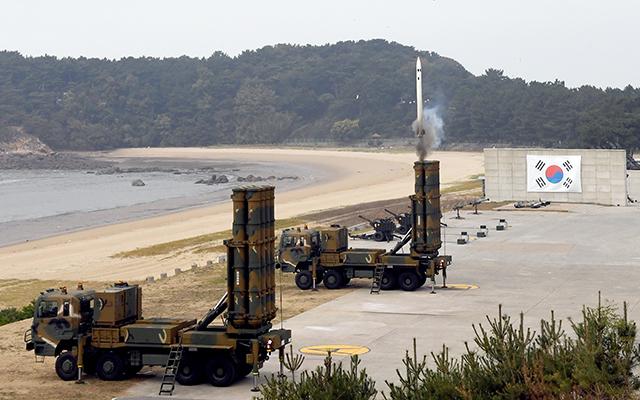
Riyadh’s decision to acquire a medium-range air defense system made by South Korea was only known when during World Defense Show 2024 hosted by Riyadh.
The KM-SAM Block II medium-range air defense system is reported to be very capable of shooting down aircraft and ballistic missiles, a system that Saudi Arabia and the UAE desperately need to deal with the threat of ballistic missile by either Yemen’s Houthi armed groups and other Iranian-backed proxy groups in the volatile region.
The increase in momentum for Saudi Arabia and the UAE to become partners in South Korea’s KF-21 fighter aircraft development program is also parallel to the difficulties experienced by Riyadh and Abu Dhabi in obtaining fifth generation fighter aircraft, especially the F-35 made in the United States.
At this point, only the F-35 has “mature” technology as a fifth generation aircraft while the China-made fifth generation aircraft, the J-20 “Mighty Dragon” is not for export while the Su-57 “Felon” developed by Russia is also facing problems in terms of production .
Beijing is trying to promote another aircraft, the F-31 as the country’s fifth generation fighter after the J-20, but the aircraft is still in the development stage and has not yet entered mass production.
The Chinese F-31 aircraft is actually to meet China’s own needs as an aircraft carrier fighter jets similar to F-35B and F-35C.
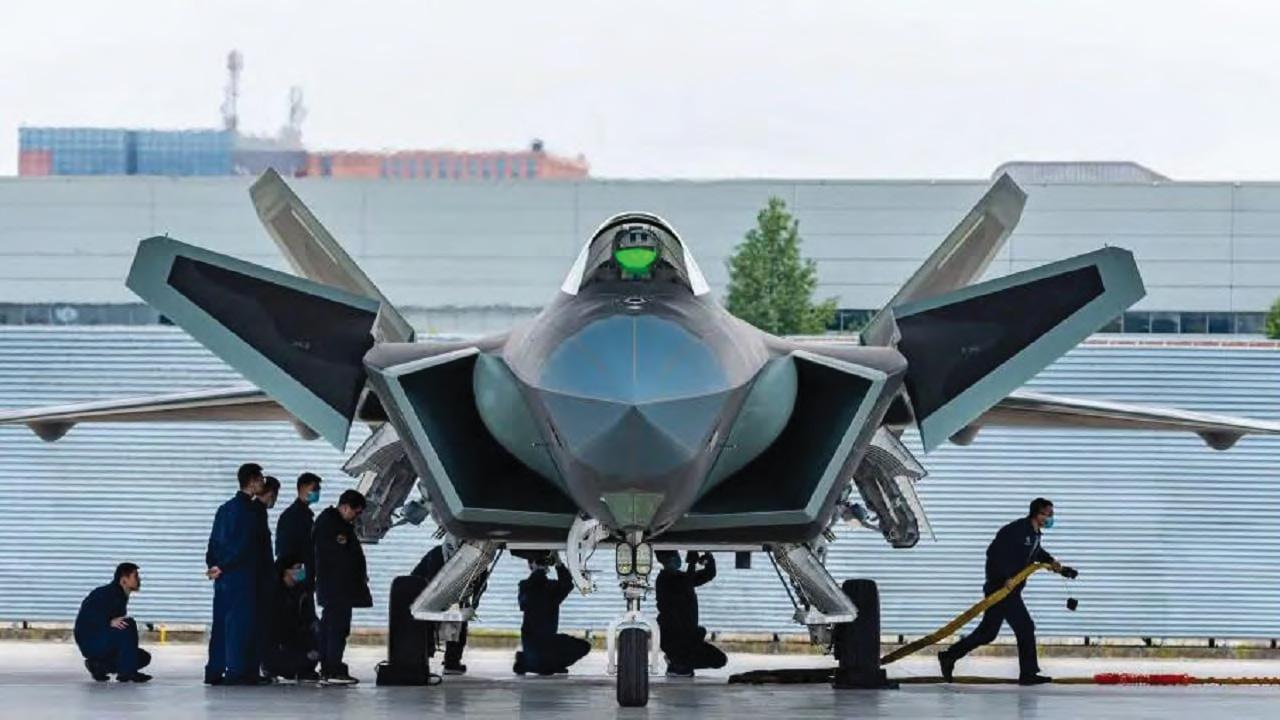
Although the United States defense industry such as the Lockheed Martin which developed the F-35 fighter aircraft had no problem selling the fifth generation aircraft to Saudi Arabia and the UAE, but without “consent” from Israel, the sale of F-35 to both Gulf Arab countries will not materialize.
Israel still does not want to give its permission to sell F-35s to Saudi Arabia and the UAE on the grounds that it wants to maintain its military “qualitative advantage” in the Middle East region.
In 2021, the UAE had agreed to buy 50 F-35 fighter jets and 18 MQ-9 Reaper drones from the United States which was then administered by Donald Trump in a deal estimated to be worth US$23 billion (RM103.5 billion).
Although an agreement was reached to make the UAE the first country in the Middle East to acquire the F-35, but the deal faltered when President Donald Trump was “kicked out” of the White House.
Continued objections from powerful Jewish lobby groups in Washington also proved to insurmountable hurdle in continuing the deal.
The UAE’s close relationship with China, especially the Arab country’s cooperation with the China’s telecommuication giant, Huawei, also played a significant role in the UAE’s failure to procure the F-35 fighter jets.
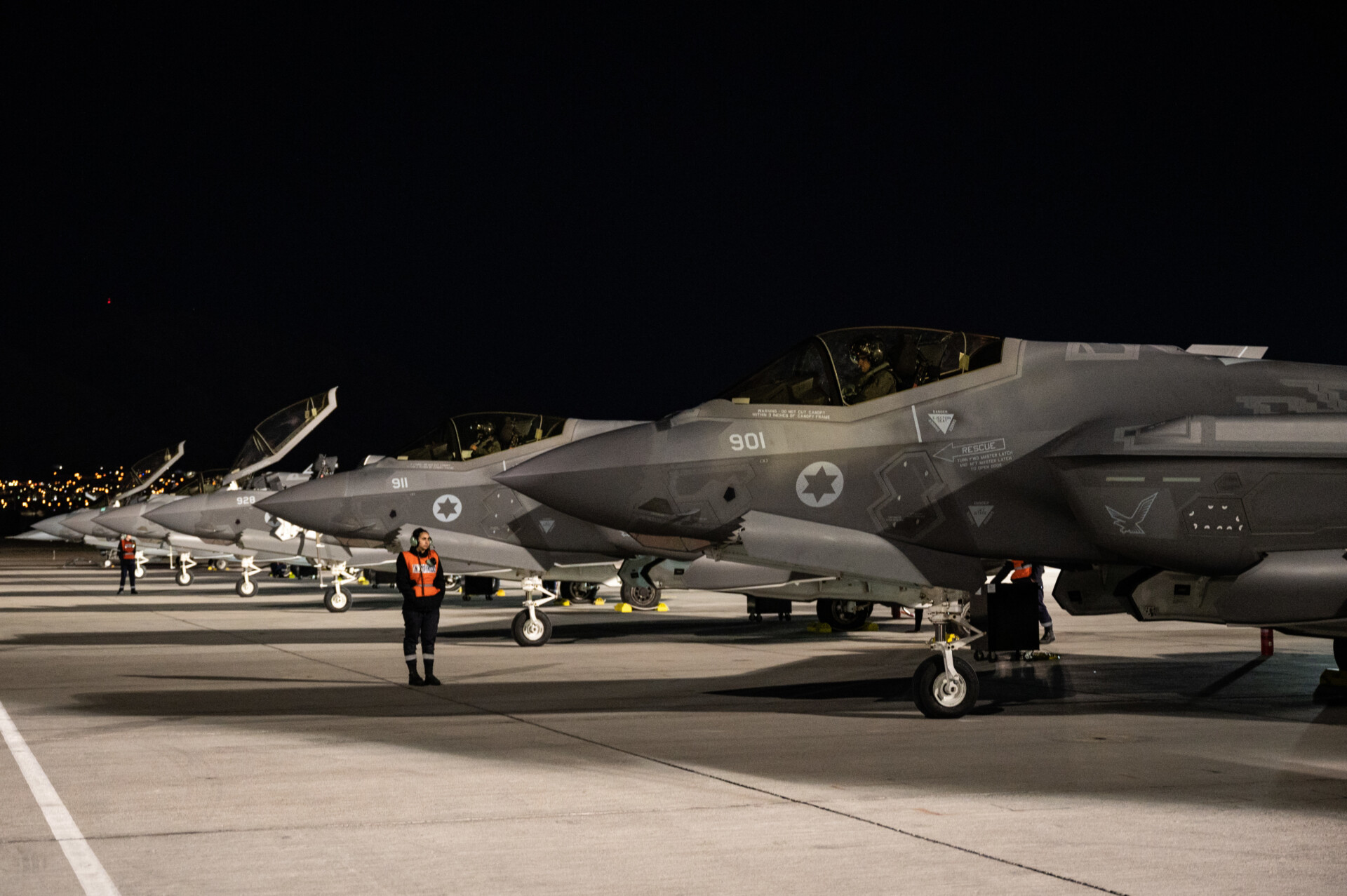
President Jo Biden and the Democratic party that took over the reins of government in the White House after the defeat of Donald Trump have also acted to create various other “obstacles” to indirectly ensure the UAE does not get its hand on the F-35 aircraft.
Launched in 2015, the KF-21 “Boramae” fighter aircraft development program is estimated to involved a cost of US$6.59 billion (RM26.36 billion).
KAI plans to supply 40 KF-21 Block 10 aircraft designed for air-to-air missions in 2026, followed by 80 KF-21 Block 20 aircraft for air-to-ground missions in the next phase.
The South Korean aerospace giant also reportedly intends to start exporting the KF-21 “Borame” fighter aircraft to interested customers after meeting the requirements of the Republic of Korea Air Force (ROKAF).
Media reports from South Korea stated that the 4.5 generation fighter plane KF-21 “Boramae” will begin mass production this year.
KAI will reportedly spend US$178 million (RM800 million) to start building 40 KF-21 “Boramae” aircraft.
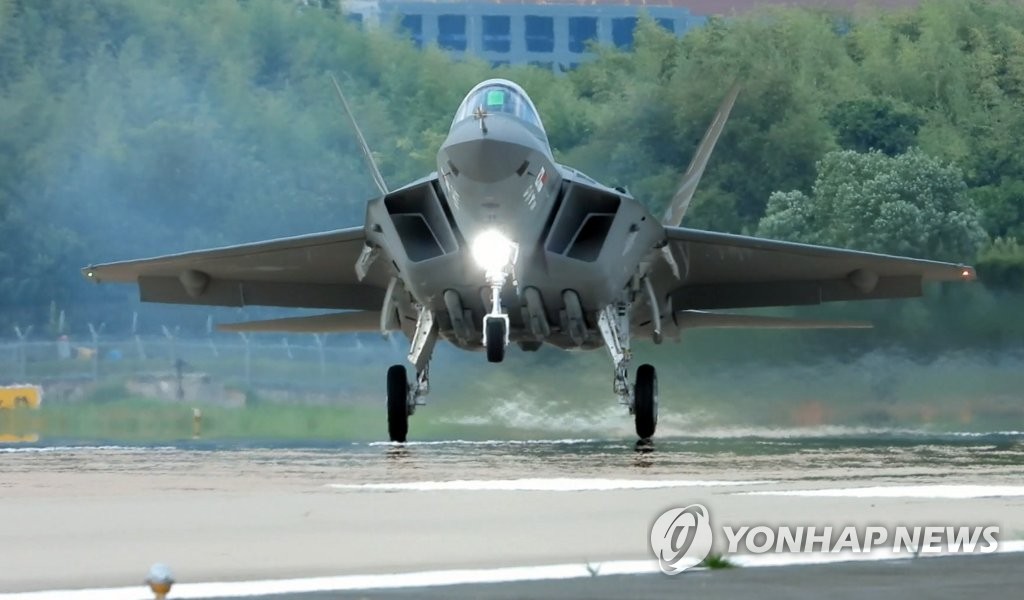
“The first mass production of the KF-21 Boramae aircraft is expected to fill the power vacuum left when the South Korean Air Force retired its aging fighter aircraft,” according to the country’s defense minister in a statement last December.
According to KAI, the engineering and construction phase of the KF-21 fighter aircraft will be completed in 2026.
The country’s media, the Korea Times, expects that the first KF-21 “Boramae” fighter aircraft is expected to be operated by the ROKAF in the second half of 2026.
The ROKAF plans to operate up to 120 KF-21 “Boramae” fighter aircraft by 2032 to replace its aging fighter aircraft, the F-4 “Phantom” and F-5 still used by the country’s air force. — DSA
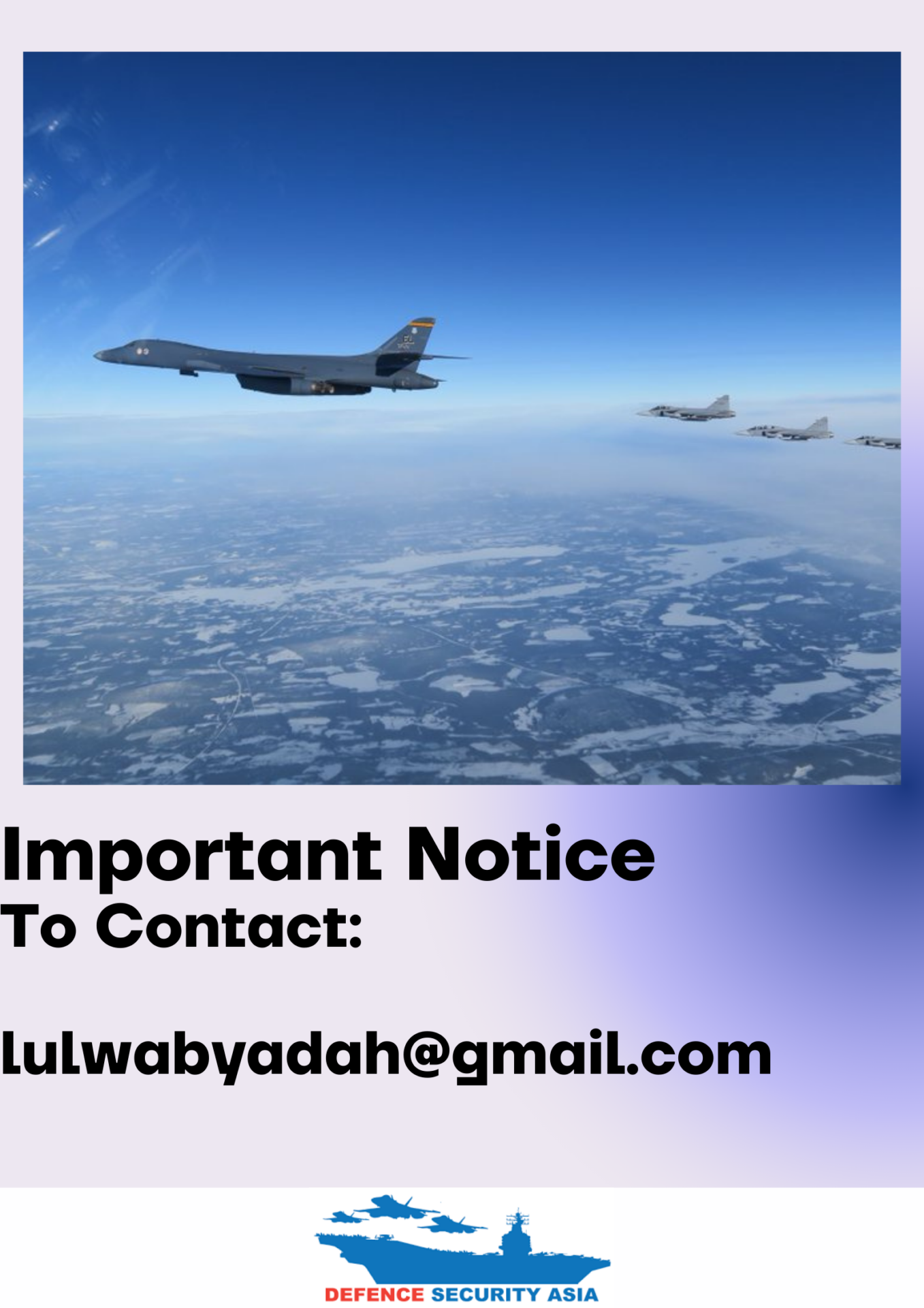


Comments are closed.